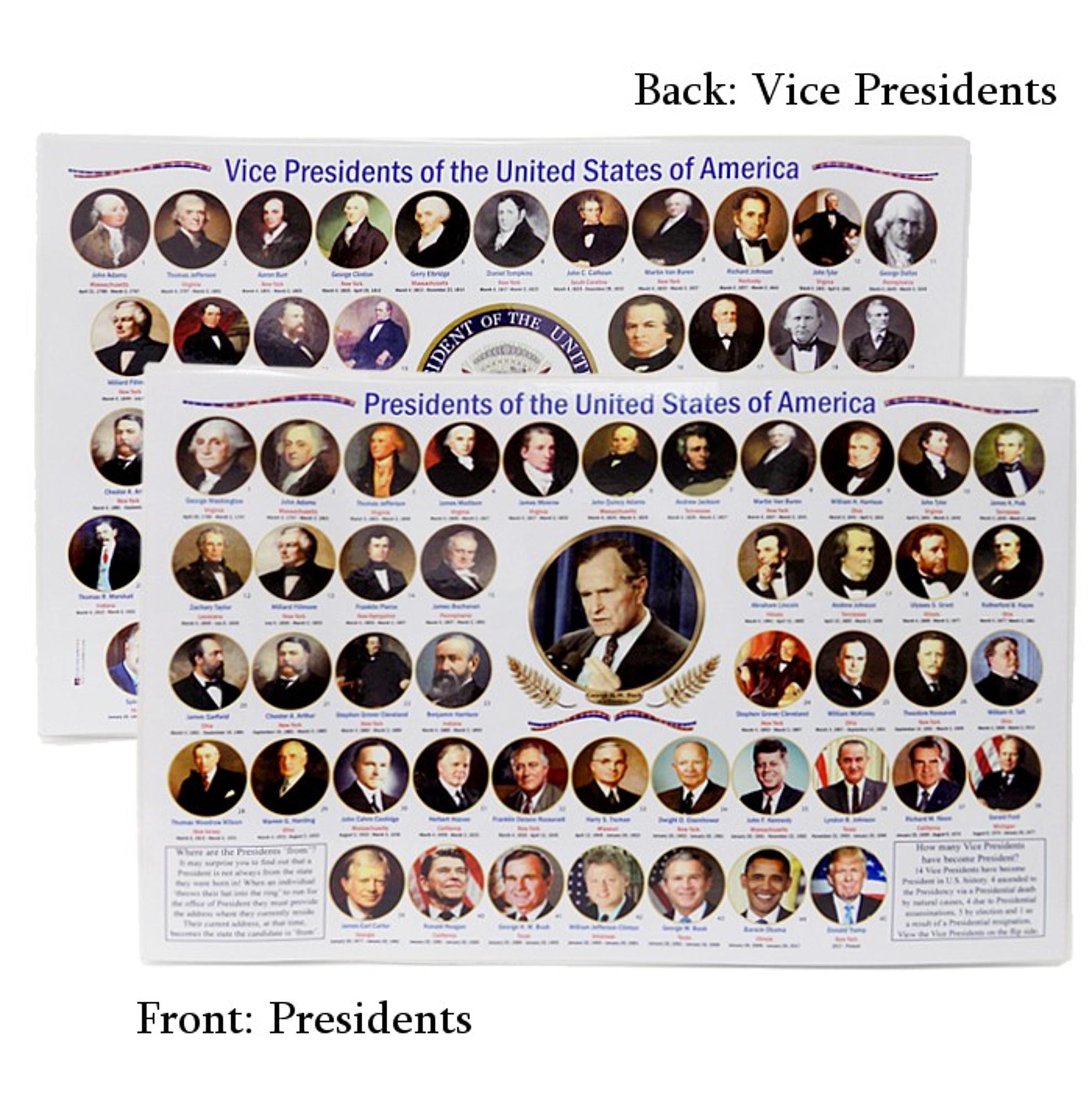how many vps became president

Throughout history, the journey from Vice President to President has been a fascinating tale of leadership, succession, and unforeseen circumstances. In this blog article, we delve into the intriguing question of how many Vice Presidents have ascended to the highest office in the United States. With a unique, detailed, and comprehensive approach, we explore the historical context, key figures, and notable instances where VPs became Presidents.
Understanding the evolution of American politics and the role of the Vice President is crucial to unraveling this intriguing topic. From the early days of the Republic to the modern era, the Vice Presidency has undergone significant changes, which we explore in the first section of our article. We shed light on the original intent behind the position and how it has evolved over time.
1. The Early Days: The Vice Presidency and Its Constitutional Role
In this section, we examine the establishment of the Vice Presidency and its constitutional role in the early days of the United States. We delve into the debates and compromises that led to its creation, providing a comprehensive understanding of its original purpose.
Summary: Explore the constitutional foundations of the Vice Presidency and the debates surrounding its establishment.
2. The First VPs Turned Presidents: John Adams and Thomas Jefferson
John Adams and Thomas Jefferson, two of the Founding Fathers, were not only Vice Presidents but also became Presidents. This section offers an in-depth analysis of their journeys, political ideologies, and the circumstances that propelled them to the presidency.
Summary: Uncover the stories of John Adams and Thomas Jefferson, the first Vice Presidents turned Presidents, and the impact they had on American history.
3. The Tragic Succession: The Assassination of Abraham Lincoln
Abraham Lincoln's assassination brought about an unprecedented situation in American politics, leading to the ascension of his Vice President, Andrew Johnson. We explore the aftermath of this tragic event, the challenges Johnson faced, and the historical significance of this transition.
Summary: Analyze the impact of Abraham Lincoln's assassination on the Vice Presidency and the subsequent presidency of Andrew Johnson.
4. The Progressive Era: Theodore Roosevelt's Unexpected Rise
Theodore Roosevelt's journey from Vice President to President was remarkable and unexpected. This section examines his transformative presidency, the circumstances that led to his succession, and his lasting impact on American politics.
Summary: Dive into the progressive era and Theodore Roosevelt's unexpected rise to the presidency.
5. The Watergate Scandal: Gerald Ford's Unplanned Presidency
Gerald Ford's presidency was marked by the fallout of the Watergate scandal, which led to the resignation of President Richard Nixon. We explore Ford's unique position as a Vice President who ascended to the presidency without being elected, examining the challenges he faced and the decisions he had to make.
Summary: Analyze the Watergate scandal and Gerald Ford's unexpected presidency.
6. The Modern Era: From Vice President to Commander-in-Chief
In this section, we explore the modern era, including Vice Presidents who aimed for the presidency but were unsuccessful. We delve into notable figures like Al Gore, Joe Biden, and their historical significance in the context of the Vice Presidency's evolving role.
Summary: Examine the Vice Presidents of the modern era who aspired to become Presidents but were unsuccessful.
7. The Historical Statistics: How Many VPs Became Presidents?
In this data-driven section, we provide a comprehensive analysis of historical statistics, answering the burning question of how many Vice Presidents have actually ascended to the presidency. We present the numbers, trends, and key takeaways from this analysis.
Summary: Delve into the statistical analysis of Vice Presidents who became Presidents, offering insights and trends.
8. The Veepstakes: Vice Presidential Candidates and Their Chances
As every presidential election approaches, the selection of a Vice Presidential candidate becomes a critical decision. In this section, we discuss the factors that influence the selection, the historical context, and the impact these choices can have on the path to the presidency.
Summary: Explore the art of selecting Vice Presidential candidates and their chances of becoming President.
9. The Vice Presidency as a Stepping Stone: Lessons from History
Throughout history, the Vice Presidency has often been seen as a potential stepping stone to the presidency. In this section, we analyze the lessons learned from past Vice Presidents who successfully made this transition and those who did not, offering insights for future politicians.
Summary: Learn from history as we examine the Vice Presidency as a stepping stone to the presidency.
10. The Future of Vice Presidents Becoming Presidents: Trends and Projections
In the final section, we look towards the future and analyze the trends, projections, and potential factors that could shape the likelihood of Vice Presidents ascending to the presidency in the coming years. We consider the evolving political landscape and its impact on this intriguing phenomenon.
Summary: Look ahead to the future and explore the potential for Vice Presidents to become Presidents in the years to come.
In conclusion, our comprehensive analysis of how many Vice Presidents have become Presidents sheds light on the complex dynamics of American politics. By examining historical context, key figures, and statistical data, we gain a deeper understanding of this intriguing phenomenon. Whether it be through tragic circumstances, unexpected successions, or well-planned transitions, the journey from Vice President to President remains a captivating aspect of American democracy.




